Flight delays at the congested Chhatrapati Shivaji Maharaj International Airport (CSMIA) in Mumbai are down after the government introduced capacity cuts, the aviation ministry said on Wednesday.
Mumbai is one of busiest airports in India, handling a large volume of domestic and international flights including military, non-scheduled and general aviation flights.
Mumbai's Chhatrapati Shivaji Maharaj International Airport (CSMIA) has two intersecting runways which cannot be operated simultaneously resulting in single runway operations with a peak hour declared capacity of 46 aircraft movement (arrival or departure) in an hour, during High Intensity Runway Operations (HIRO) & 44 aircraft movement per hour (during NON-HIRO) period.
During the winter schedule 2023, the Airport has been experiencing frequent congestion leading to aircraft hovering overhead for a significant duration causing inconvenience due to delay passengers, wastage of fuel and environmental pollution.
In an effort to address the issue of airspace congestion, on 2nd Jan’24 the Ministry of Civil Aviation (MoCA) directed the Airport operator; Mumbai International Airport Limited (MIAL) and Airports authority of India (AAI) to mitigate congestion by restricting the movements of non-scheduled flights (General Aviation) during the identified peak hours (0800-1100 IST, 1700-2000 and 2115-2315 IST).
An analysis conducted by AAI pointed to excessive slot allocation and poor slot adherence as a major contributor to the traffic congestion witnessed. On 15th Feb’24 after reviewing the existing situation, the Ministry directed the Airport operator, in addition to earlier measures to reduce their flight operations from 46 to 44 per hour during HIRO period and from 44 to 42 aircraft movement per hour during remaining period with provision of 02 slots for General Aviation aircraft. Airport Operator in coordination with airlines has implemented the directions effective since 20th Feb’24. All the Domestic airline operators were also advised to strictly adhere to the slots allocated by MIAL to avoid air congestion.
The Air traffic situation at Mumbai post above initiatives is being monitored and has shown improvement from 19th Feb’24 onwards.
For the period from 11thNov. to 10thDec. 2023 for 14476 arrivals, the delays were as under:
Before Schedule: 4979 aircraft (34.4%)
0-15 minutes: 3632 aircraft (25.1%)
15-30 minutes: 2083 aircraft (14.4%)
30-60 minutes: 2141aircraft (14.8%)
More than 60 minutes: 1641 aircraft (11.3%)
In comparison, for the period from 16th Feb to 24th Feb 2024 for 4337 arrivals, the delay is as under:
Before Schedule: 570 aircraft (13%)
0-15 minutes: 2469 aircraft (57%)
15-30 minutes: 1120 aircraft (26%)
30-60 minutes: 178 aircraft (4%)
More than 60 minutes: Nil (0%)
The aircraft operating earlier than the approved slot (marked as before schedule in the data) lead to congestion and delay for other aircraft adhering to the schedule, which in turn will have a cascading effect on the other schedule movements. These movements were also targeted for improvements and airlines asked to adhere to the allotted slots.
"MoCA is closely monitoring the air traffic situation at Mumbai and is committed to reduce the inconvenience caused to the travelling passengers," the ministry said.
Read next
In a high-stakes showdown, JetBlue Airways and Spirit Airlines are fighting back against a judge's ruling that halted their $3.8 billion merger at the behest of the U.S. Department of Justice. The airlines are appealing the decision, arguing that the merger would enhance competition and benefit consumers, despite concerns raised by antitrust regulators. This article delves into the legal clash and its implications for the future of the airline industry.
The Merger: A Bid for Competition or Monopoly?
JetBlue and Spirit Airlines had proposed a merger that would see the former doubling in size by acquiring the latter, aiming to challenge the dominance of the four major carriers in the U.S. market. The airlines assert that the merger would lead to improved competition, lower prices, and increased options for consumers. However, the Justice Department and several state attorneys general intervened, filing an antitrust lawsuit to block the deal. Their argument centered on fears of reduced competition, fewer flights, and higher prices for passengers.
The Legal Battle Unfolds: Arguments and Rulings
The legal saga unfolded in the courtroom of U.S. District Judge William Young, who presided over a trial without a jury. Despite acknowledging potential benefits to consumers, Judge Young ruled against the merger, citing concerns about the elimination of Spirit's low fares and its role in pressuring other airlines to keep prices down. He concluded that the deal violated federal antitrust laws, prioritizing the interests of a few over the broader consumer base.
Appeal and Response: JetBlue and Spirit Fight Back
Undeterred by the setback, JetBlue and Spirit Airlines have taken their case to the 1st U.S. Circuit Court of Appeals, seeking to overturn Judge Young's ruling. In their appeal, the airlines argue that the judge erred in his assessment and unfairly prioritized the concerns of a minority of consumers. They maintain that the merger would bolster competition and position them as formidable contenders against the industry giants.
Regulatory Concerns and Attempts at Mitigation
In an effort to address regulatory apprehensions, JetBlue had proposed divesting gates and slots at key airports in major cities, including New York City, Boston, Newark, and Fort Lauderdale. The aim was to alleviate concerns about reduced competition and potential monopolistic practices. However, these concessions were not sufficient to sway the Justice Department and state attorneys general.
Looking Ahead: Implications and Timeline
As the legal battle ensues, all eyes are on the 1st U.S. Circuit Court of Appeals, which is set to hear arguments in June. The outcome of the appeal will determine the fate of the merger, with a deadline looming in July for the companies to close the deal. Meanwhile, stakeholders, including consumers, industry analysts, and competitors, are closely monitoring developments and assessing the potential impact on the airline landscape.
Conclusion
The clash between JetBlue Airways, Spirit Airlines, and antitrust regulators underscores the complexities of mergers in the airline industry and the delicate balance between competition and consolidation. As the legal proceedings unfold, the ultimate decision will shape the future landscape of air travel in the United States, with ramifications for consumers and industry players alike.
With Inputs from Reuters
Read next
The aviation industry, battered by the COVID-19 pandemic, is showing signs of revival as travel restrictions ease and demand gradually returns. Among the notable developments is the recent announcement by the U.S. Transportation Department (USDOT) regarding an increase in weekly round-trip flights between China and the United States. This move signifies a significant step towards restoring air connectivity between the two major economies.
Expansion of Flights & Gradual Recovery
Effective March 31, Chinese passenger airlines will be permitted to operate up to 50 weekly round-trip flights to the U.S., a notable increase from the previous cap of 35. This decision reflects a concerted effort to return the aviation market to a semblance of normalcy, aiming to reach nearly one-third of pre-pandemic levels.
Before the pandemic hit in early 2020, both Chinese and U.S. carriers operated more than 150 weekly round-trip flights between the two countries. However, stringent restrictions led to a drastic reduction, with both sides limited to just 12 flights per week until August 2023. Subsequent incremental increases brought the figure up to 35 weekly round-trips for Chinese carriers by November last year.
Industry Response & Diplomatic Engagement
Airlines for America, representing major U.S. carriers such as American Airlines, Delta Air Lines, and United Airlines, has expressed support for the gradual reopening of the market. Emphasizing the importance of reciprocity, the group welcomes the cautious approach taken by the U.S. government.
The Chinese embassy in Washington has echoed positive sentiments, highlighting the importance of enhancing cross-border travel and fostering people-to-people exchanges between the two nations. Diplomatic efforts are underway to facilitate smoother air travel operations and promote mutual benefits.
Challenges and Comparisons
While progress is evident, challenges remain, including the absence of overflight permissions from Russia for newly approved Chinese flights to the United States. Despite this, other international air markets involving China have rebounded more swiftly, with seat capacities between China and the United Kingdom surpassing pre-pandemic levels by 30%.
Future Prospects & Economic Implications
The USDOT is actively engaged in constructive dialogue with China's aviation regulator to chart a roadmap for a gradual and broader reopening of the U.S.-China air services market. Such efforts aim to provide a phased and predictable return to pre-pandemic capacity entitlements outlined in the U.S.-China agreement.
Boosting travel and tourism between the two countries remains a priority for policymakers. U.S. Commerce Secretary Gina Raimondo has emphasized the potential economic benefits, estimating that a return to 2019 U.S. tourism levels from China could inject $30 billion into the U.S. economy and create 50,000 jobs.
Conclusion
The recent expansion of flights between the U.S. and China marks a significant milestone in the gradual recovery of the aviation industry post-pandemic. As both nations continue to navigate the complexities of reopening borders and restoring air travel, collaboration and diplomatic engagement will play pivotal roles in shaping the future of transpacific connectivity.
With Inputs from Reuters
Read next
Air New Zealand Faces Fleet Challenges Amidst Delays and Maintenance Issues
Abhishek Nayar
28 Feb 2024
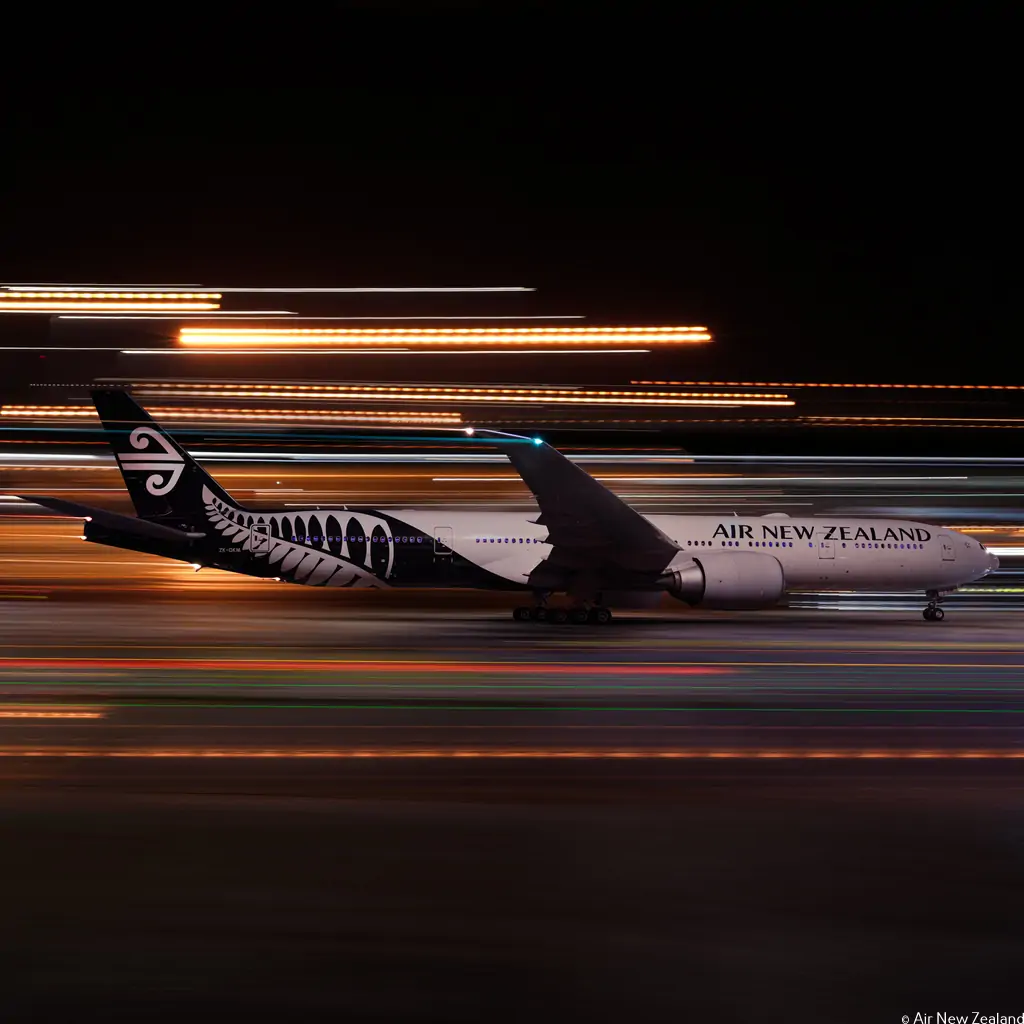
Air New Zealand, the flag carrier of New Zealand, has encountered significant hurdles in its fleet management strategy, as highlighted in a recent update during its half-yearly interim results announcement on February 22, 2024. Chief Financial Officer Richard Thomson addressed the challenges faced by the airline, ranging from delays in aircraft deliveries to maintenance issues affecting its existing fleet.
Boeing 787 Delivery Delays
Thomson acknowledged the persistent delays in the delivery of the airline's eagerly awaited Boeing 787 Dreamliners. Initially expected in late 2023, then pushed to 2024, the latest estimate now points to a delivery timeframe midway through calendar year 2025. This setback has forced Air New Zealand to reassess its capital expenditure plans, with the possibility of adjusting expectations for the 2026 financial year.
Fleet Expansion and Leasing Strategy
To mitigate the impact of delayed deliveries and bolster its fleet capacity, Air New Zealand has adopted a multifaceted approach. CEO Greg Foran revealed plans to engage in short-term wet leasing with Wamos Air and secure additional dry-leased Boeing 777-300ERs. These strategic arrangements aim to address immediate operational needs while providing flexibility for future requirements.
Pratt & Whitney Engine Challenges
In addition to delays in widebody deliveries, Air New Zealand faces maintenance challenges with its narrowbody fleet, particularly those equipped with Pratt & Whitney engines. The airline operates a mix of Airbus A320neo and A321neo aircraft, with ongoing issues necessitating up to five of its newest A321neo aircraft being out of service at any given time over the next 18 months. This situation underscores the significance of proactive measures to mitigate operational disruptions.
Investment in Fuel-Efficient Aircraft
Despite the challenges posed by engine maintenance, Air New Zealand remains committed to investing in fuel-efficient aircraft. The forthcoming addition of an A321neo to its fleet signifies a strategic focus on maximizing fuel efficiency and optimizing operational performance. This investment underscores the airline's long-term sustainability objectives and commitment to reducing its environmental footprint.
Conclusion
Air New Zealand's proactive approach to addressing fleet challenges underscores its resilience amidst a dynamic operating environment. While delays in aircraft deliveries and maintenance issues present immediate hurdles, the airline's strategic initiatives demonstrate its commitment to overcoming obstacles and optimizing operational efficiency. As it navigates through these challenges, Air New Zealand remains steadfast in its dedication to delivering exceptional service and value to its customers while ensuring the sustainability of its operations for the future.
With Inputs from ch-aviation
Read next
Amidst shifting dynamics in the aviation industry, reports have surfaced suggesting that Air China, a major player in the Chinese airline market, is contemplating increasing its stake in Cathay Pacific, one of Hong Kong's flagship carriers. This potential move could have significant implications for both airlines and the broader landscape of air travel in the region.
Background & The Current Situation
Air China currently holds a 29.99% stake in Cathay Pacific, a position it acquired incrementally since 2009. While discussions about bolstering this stake have been ongoing, recent reports indicate a renewed interest from Air China in tapping into Cathay Pacific's resurgence following a challenging period for the industry.
Air China's consideration comes at a time when the aviation sector is gradually recovering from the impact of the COVID-19 pandemic. Despite facing losses, Air China sees an opportunity to diversify and enhance its revenue streams by capitalizing on the rebounding traffic through Hong Kong, where Cathay Pacific operates as a major player.
Financial Outlook & Stakeholder Dynamics
While Air China anticipates posting losses for the calendar year 2023, Cathay Pacific is gearing up to announce its best financial results in 14 years. This stark contrast in financial performance underscores the potential benefits Air China could derive from a closer association with Cathay Pacific.
Cathay Pacific's ownership structure is notable, with Swire Pacific Ltd. holding the majority stake of 45%. Despite Air China being the second-largest shareholder, Qatar Airways also holds a significant portion of approximately 10%. Swire Pacific has reiterated its commitment to Cathay Pacific, signaling stability amidst potential changes in shareholding.
Implications and Future Plans
The potential increase in Air China's stake raises questions about its future plans for Cathay Pacific. While specifics regarding the extent of the stake increase and its financing remain unclear, Air China's presence on Cathay Pacific's board of directors indicates a level of influence that could shape the airline's strategic direction.
Fleet and Network Expansion
Both Air China and Cathay Pacific boast extensive fleets and global networks. Cathay Pacific serves 91 airports in 32 countries with 188 aircraft, while Air China operates to 198 airports in 42 countries with a fleet of 517 aircraft. Any collaboration or increased integration between the two airlines could potentially enhance connectivity and offer passengers a wider range of travel options.
Conclusion
As discussions regarding Air China's potential stake increase in Cathay Pacific gain momentum, the aviation industry watches closely for developments that could reshape the competitive landscape in the region. With both airlines facing unique challenges and opportunities, the outcome of these deliberations could have far-reaching implications for stakeholders, passengers, and the future of air travel in Asia.
With Inputs from ch-aviation
Read next
Qatar Airways will shift its Goa operations to the new Manohar International Airport (GOX) located in the North Goa district from the current Dabolim Airport (GOI) in South Goa, India, effective 20 June.
It will serve this route with a direct daily flight operated on a mix of Airbus 320 and Boeing 787 from Doha.
Qatar Airways is joining a list of airlines ready to be served by GOX, including strategic partners IndiGo and Oman Air, the airline said.
Qatar Airways first launched its operations in Goa in 2009, marking the start of the long-standing partnership between Doha and Goa. The transition from GOI and GOX heralds a "superior airport experience" for travellers on Qatar Airways’ network to over 170 destinations.
Currently, Qatar Airways flies to 13 destinations in India including: Ahmedabad, Amritsar, Bengaluru, Calicut, Chennai, Delhi, Goa, Hyderabad, Kochi, Kolkata, Mumbai, Nagpur, and Thiruvananthapuram.

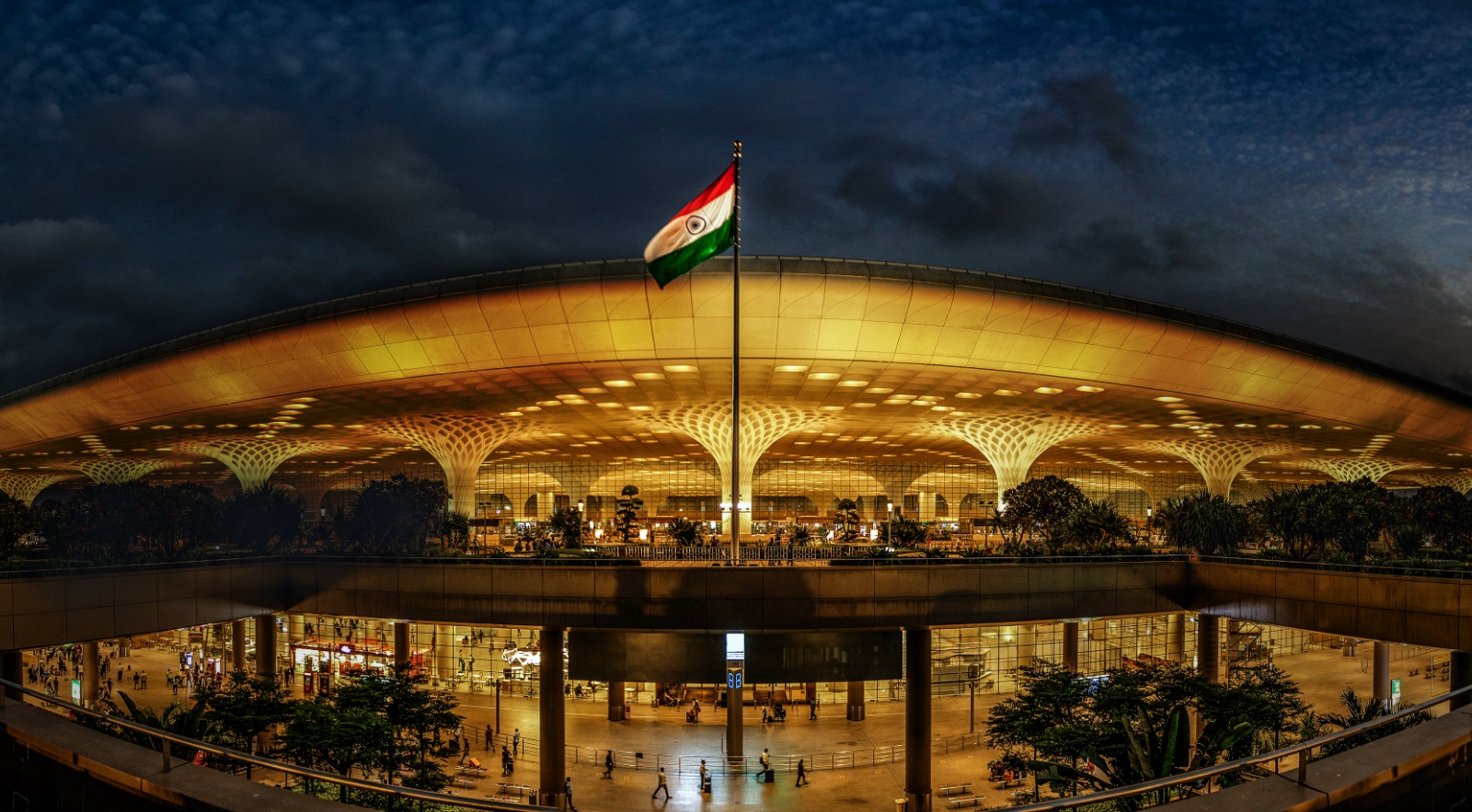


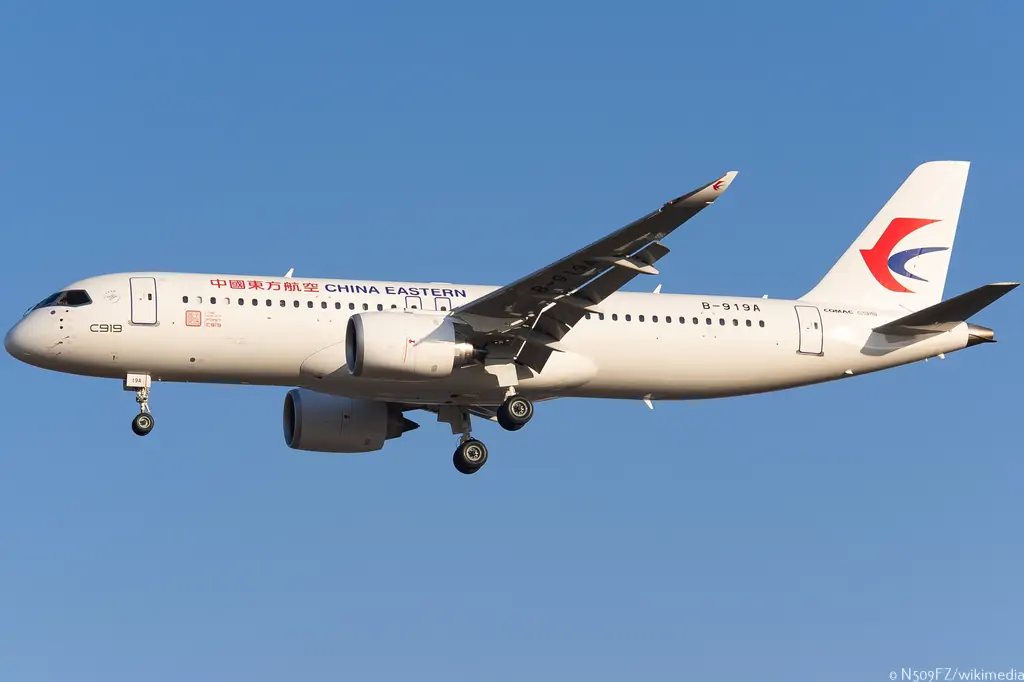
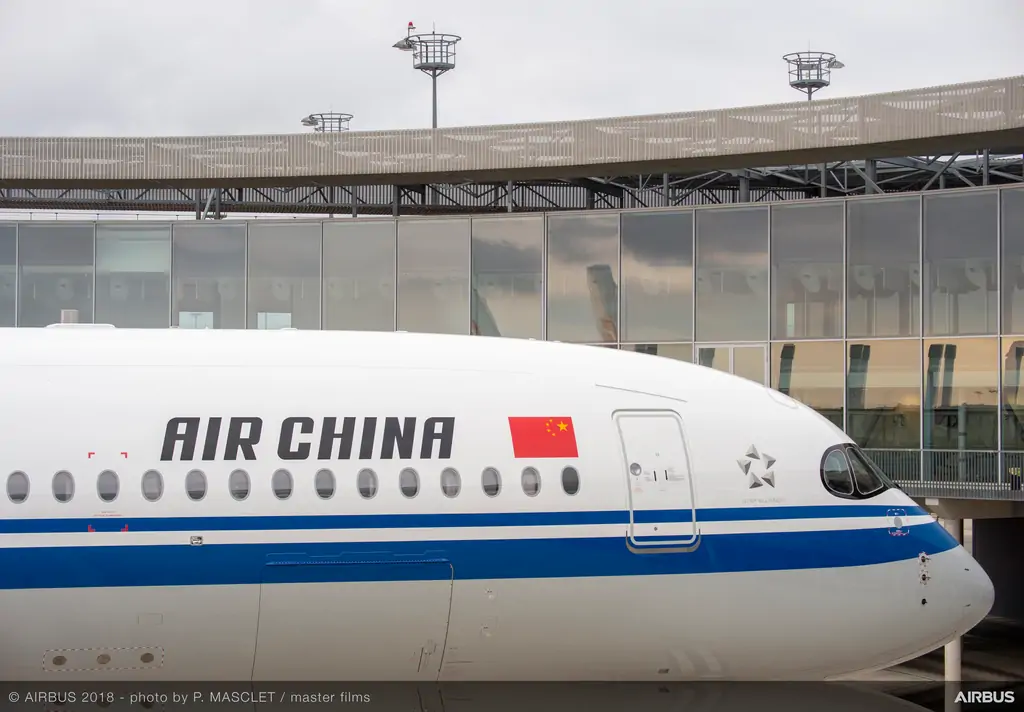
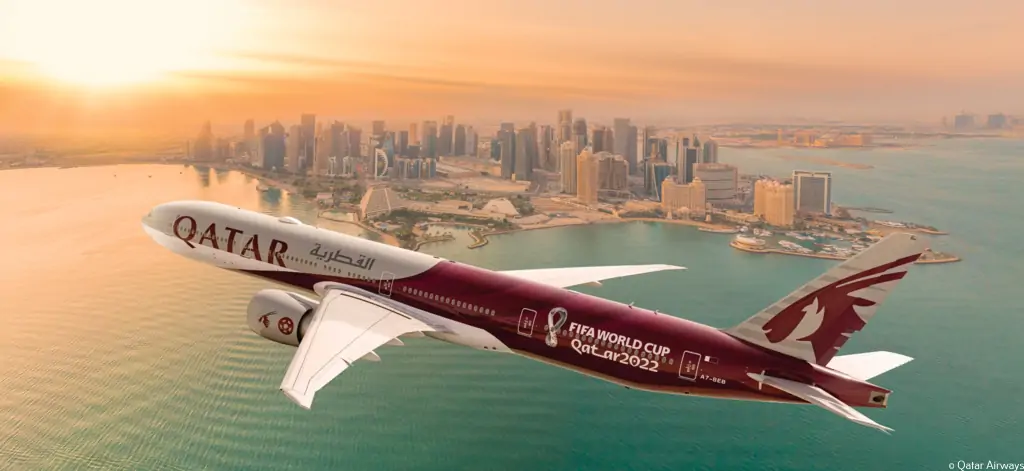
Comment